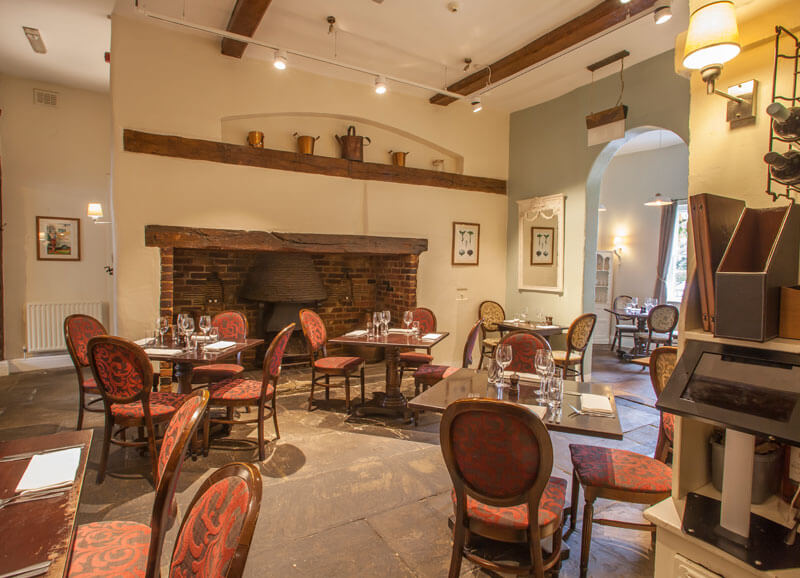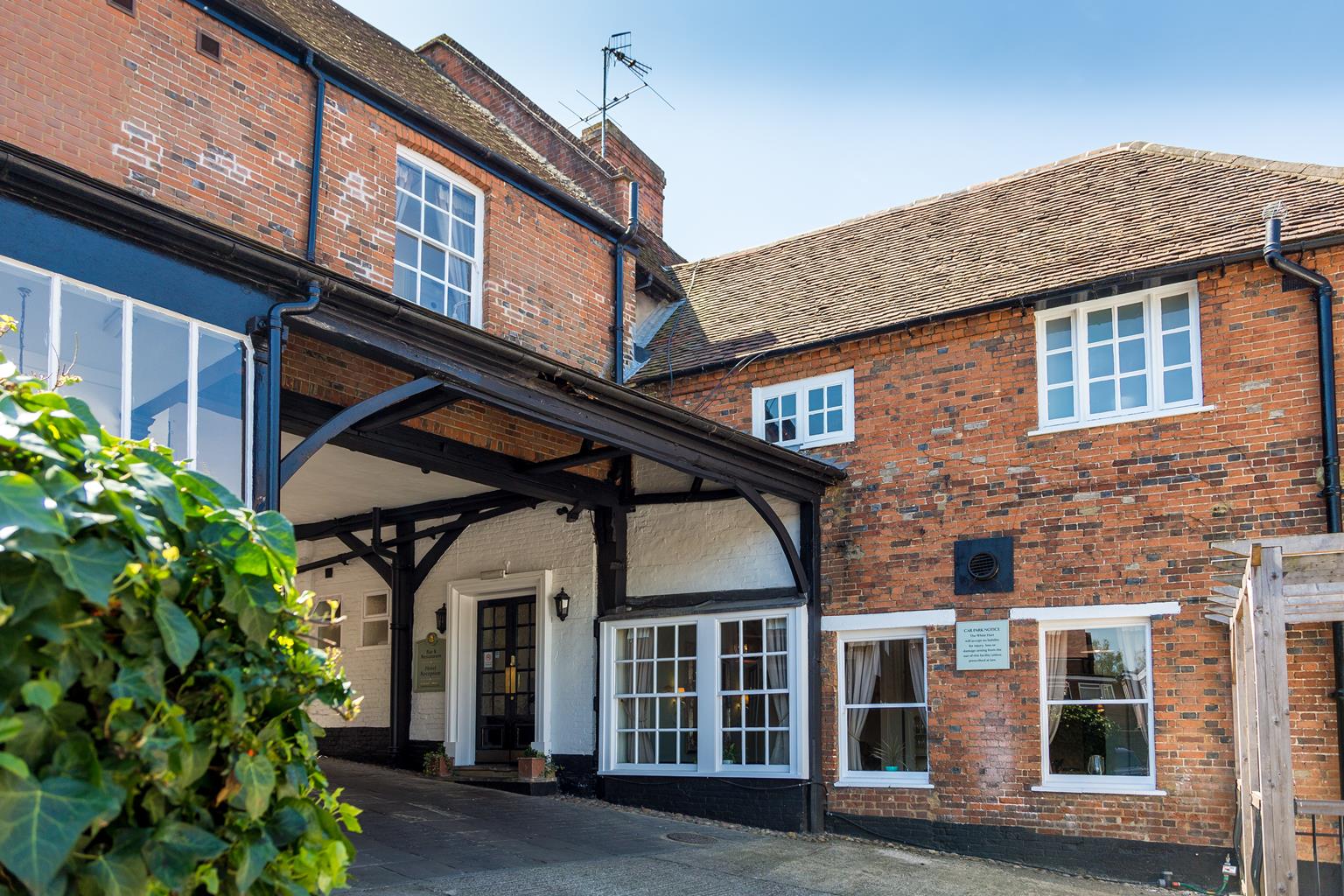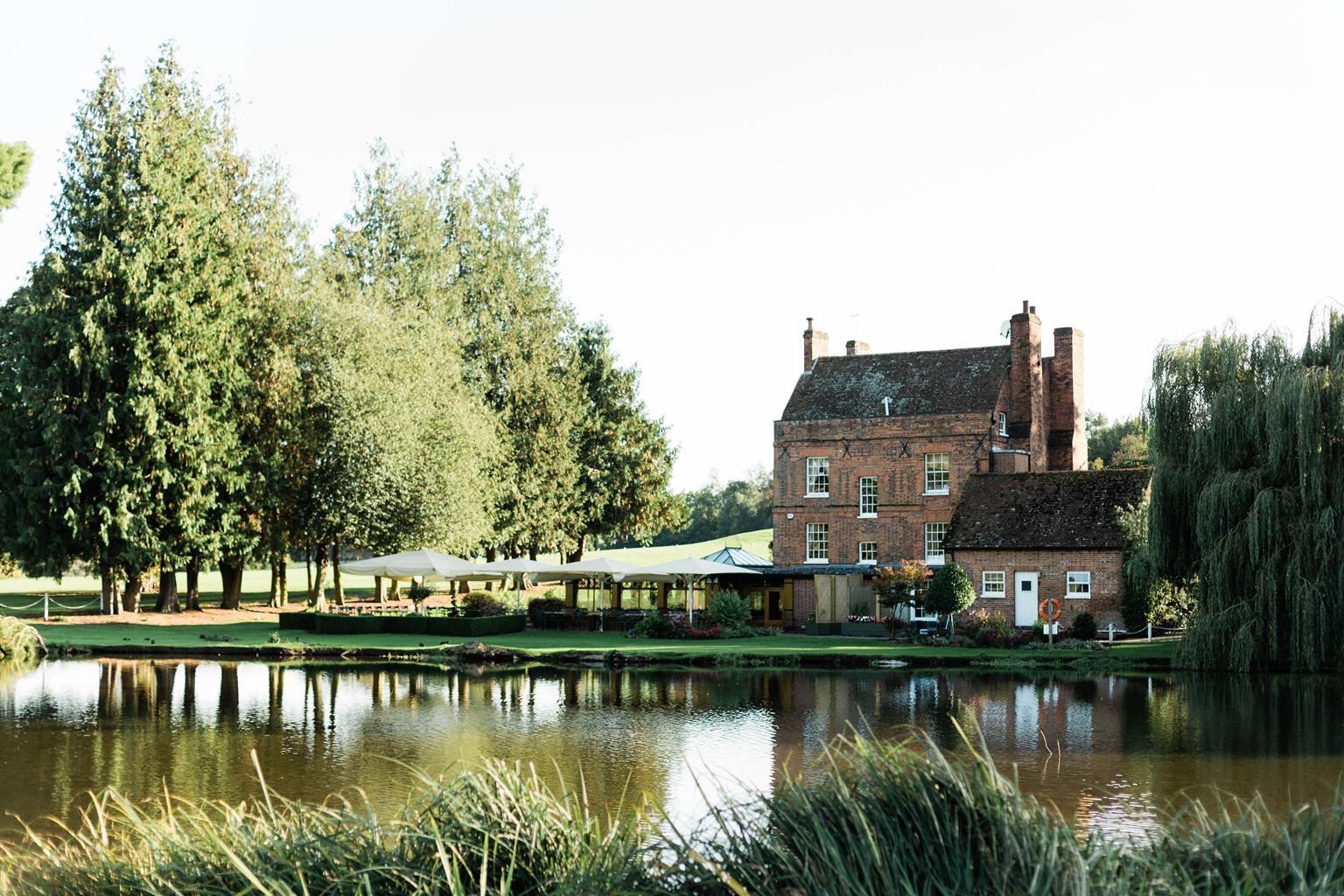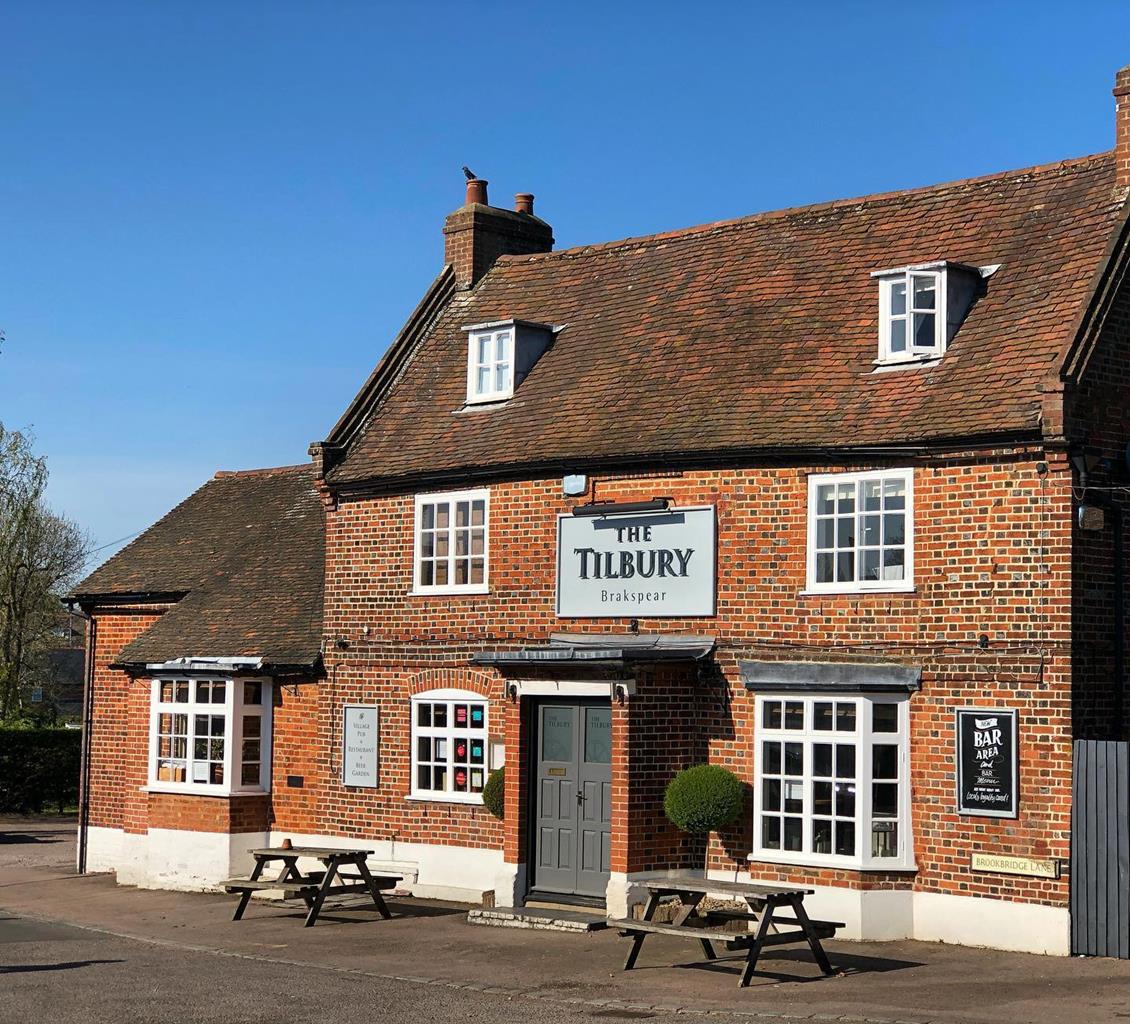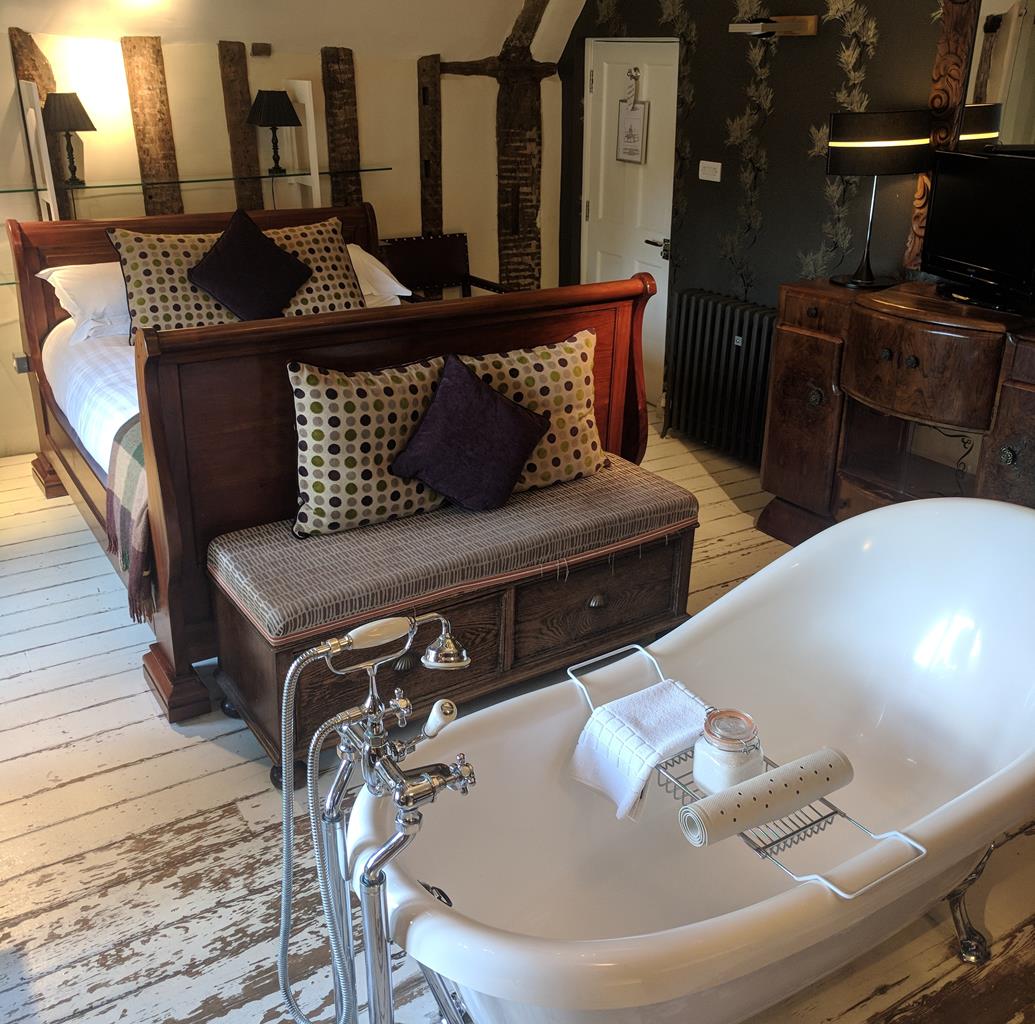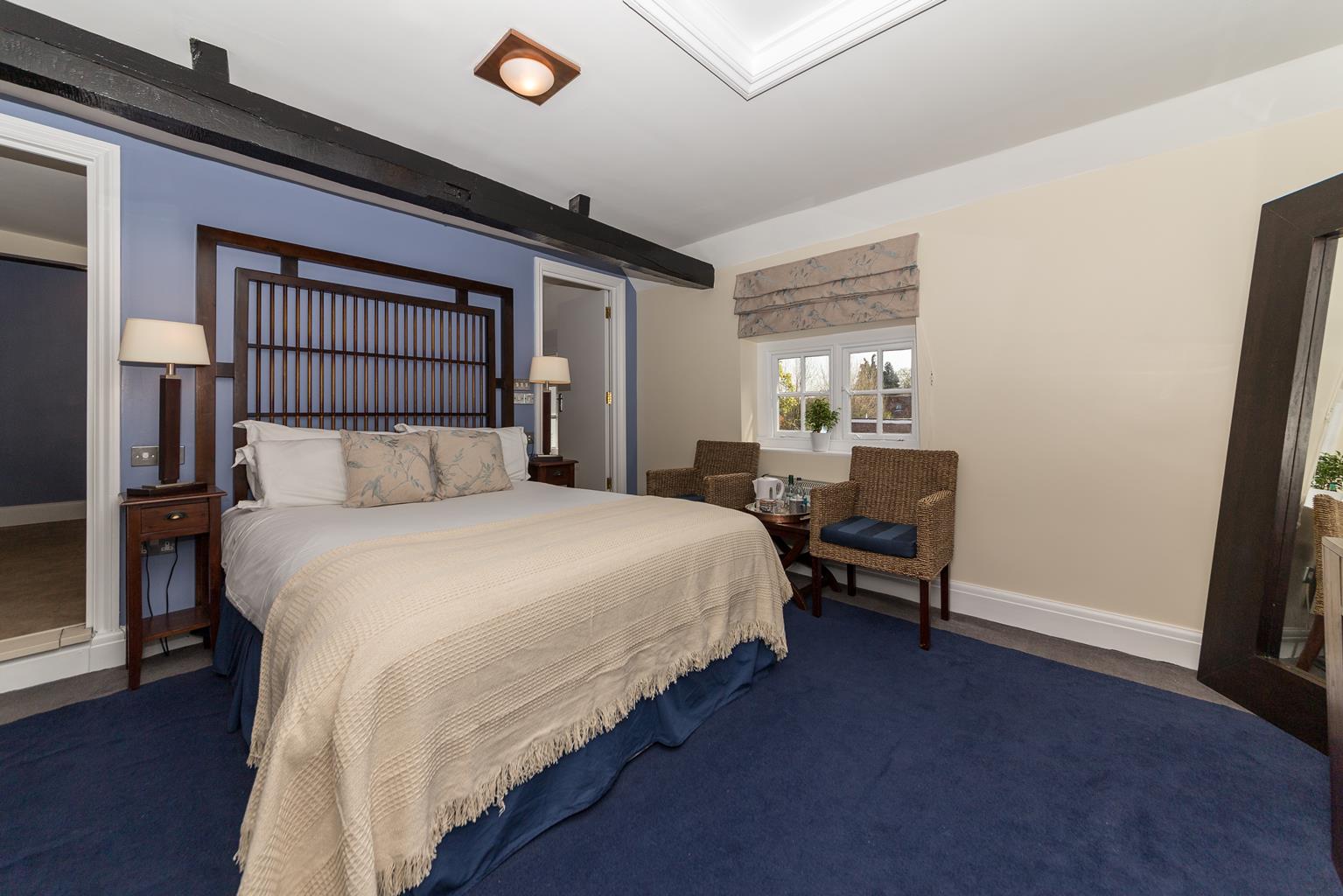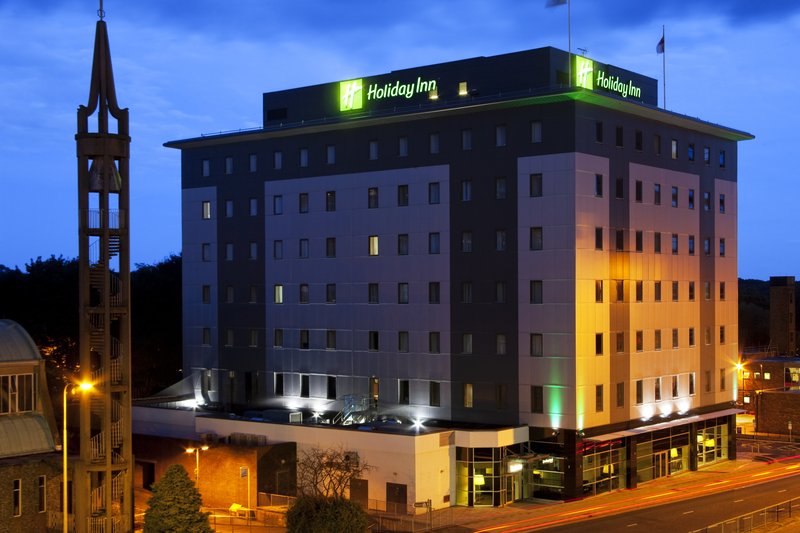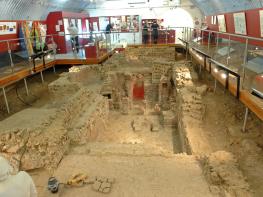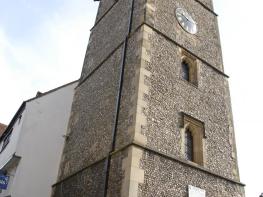Enjoying a prominent position in the heart of the pretty village of Welwyn, The Wellington…
Ayot House and Shaw Corner

5 miles (8kms)
About the walk
Ayot St Lawrence is only accessible by winding country lanes, and is immensely popular with visitors and walkers. Notwithstanding the two churches and The Brocket Arms pub, the main draw is Shaw Corner. This Edwardian villa, built as a rectory, was George Bernard Shaw's home from 1906 until his death in 1950.
Sir Lionel Lyde
In the village stands the ruined old church of St Lawrence. Sir Lionel Lyde, the lord of the manor, decided to rebuild the church in a different location and set his men to pull the church down, apparently without informing the Bishop of Lincoln, in whose diocese it stood. The bishop ordered the work to stop; Lyde obeyed, but made no effort to make good the damage. Instead he just continued with his project, the remarkable Greek-style new church, which he wanted as an eye-catcher for his mansion, Ayot House. You can see the effect by standing in Lyde's sheep-cropped park with its oaks, pines and sycamores. Look across to the early 18th-century, three-storey brick façade of Ayot House with its parapet and box sash windows. Sir Lionel Lyde was a tobacco merchant and a director of the Bank of England and he looked west to the new church, built in what was then a very advanced style of architecture. He used the architect Nicholas Revett who, with James 'Athenian' Stuart, had published Antiquities of Athens, the first volume appearing in 1762. In 1778 Revett designed a Greek temple with side colonnades linking it to pedimented pavilions. The main portico copied that of the Temple of Apollo at Delos and it was consecrated in July 1779.
Til death us do part
At one end pavilion is an urn under which Sir Lionel is buried and at the other end pavilion, under another urn, lies his wife. Apparently their marriage was unhappy and he took the view that the church, having united them in holy matrimony, should physically keep them apart in death. Certainly it is a remarkable design for the 1770s and a telling demonstration of the dictatorial powers of Georgian land-owning gentry. Ayot St Peter's parish church is a complete contrast. A muscular Victorian church in red and blue brick with stone dressings, its foundation stone was laid by Earl Cowper in April 1875. It was the fourth church to be built in the parish. The first three were in the cemetery north of the tiny village where the lane goes sharply left. The third church, built in 1751, was octagonal with a separate bell tower. Although it mostly burnt down in 1874, its chancel survived and it now serves as a mortuary chapel.
Walk directions
From the roadside near The Brocket Arms, head west past the ruined medieval Church of St Lawrence and, at the bend, go to the right of a telephone box through a kissing gate. The portico of the 'new' church should be straight ahead of you. Now in pasture, take the right-hand fork path, with a post-and-wire fence to your right. Go through another kissing gate and cross pasture grazed by sheep to St Lawrence's 'new' church, entering the churchyard via a third kissing gate.
Bear left to leave the churchyard from behind the church, along a metalled access drive. At the lane go right, signposted 'Hertfordshire Way', then go left past a timber-framed cottage into pasture. Descend some steps to a path along the edge of a wood. Turn left to follow it, passing the leafy grounds of Shaw Corner, to reach a road.
Turn right and in a short while, where the road swings to the right, go straight on at the public bridleway sign. Follow the bridleway, which is a narrow, high-hedged and often muddy green lane for much of its length. At the summit a bypass footpath through scrub avoids the muddiest sections of the bridleway. Follow the path as it winds amid a belt of beautiful oak and hornbeam trees to a road.
At the road, jink left then right to a public bridleway sign. Walk alongside oak and hornbeam coppiced woodland. Through a conifer copse the path emerges, now in an arable field, with a hedge to your left. Ahead of you is the embankment of the old Hatters Line railway.
Go right at the railway bridge to climb the embankment and then left, back across the bridge. Follow the old trackbed until just before the start of some woods. Here go between fence posts. Bear right, ignoring the left-hand path, and follow the path along the edge of the woodland.
At the road go right to visit Ayot St Peter church. Retrace your steps past the former school and continue along the lane until it turns sharp left at a cemetery. You go straight on, past the site of old St Peter's Church to a grassy track to the left of Tamarisk Cottage. Follow the bridleway, much of it a hedgeless track between arable fields, cross a road and continue on the bridleway.
Pass through a hedge to a lane opposite Stocking Lane Cottage and turn right uphill to a road junction. At Lord Mead Lane go left, signposted 'Shaw Corner' and bear left back to The Brocket Arms pub and the start.
Additional information
Bridleways, former railway line and field paths
Gently rolling arable countryside with woodland stretches
On lead through pasture around Ayot St Lawrence with horses and sheep
OS Explorer 182 St Albans & Hatfield
Roadside parking in Ayot St Lawrence, near The Brocket Arms
None on route
WALKING IN SAFETY
Read our tips to look after yourself and the environment when following this walk.
Find out more
Also in the area
About the area
Discover Hertfordshire
As Hertfordshire is so close to London, many of its towns have become commuter havens. St Albans, less than 19 miles (30km) from the capital, has retained its distinctive character, along with many historic remains. The Roman city of Verulamium is situated in a nearby park, and excavations have revealed an amphitheatre, a temple, parts of the city walls and some house foundations. There are also some amazing mosaic pavements.
The abbey church at St Albans is thought to have been built on the same site where St Alban met his martyrdom in the 3rd century. The abbey was founded in 793 by King Offa of Mercia, and contains the saint’s shrine, made of Purbeck marble. Lost for years, it was discovered in the 19th century, in pieces, and restored by the designer of the red telephone box, Sir Giles Gilbert Scott. The abbey also contains some wonderful medieval wall paintings. Nicholas Breakspear was born in St Albans, the son of an abbey tenant. In 1154 he took the name Adrian IV, and became the first, and so far only, English pope. Another famous son of Hertfordshire was Sir Francis Bacon, Elizabethan scholar and Lord High Chancellor, born in Hemel Hempstead in 1561.
Nearby stays
Restaurants and Pubs
Nearby experiences
Recommended things to do
Why choose Rated Trips?
Your trusted guide to rated places across the UK
The best coverage
Discover more than 15,000 professionally rated places to stay, eat and visit from across the UK and Ireland.
Quality assured
Choose a place to stay safe in the knowledge that it has been expertly assessed by trained assessors.
Plan your next trip
Search by location or the type of place you're visiting to find your next ideal holiday experience.
Travel inspiration
Read our articles, city guides and recommended things to do for inspiration. We're here to help you explore the UK.


